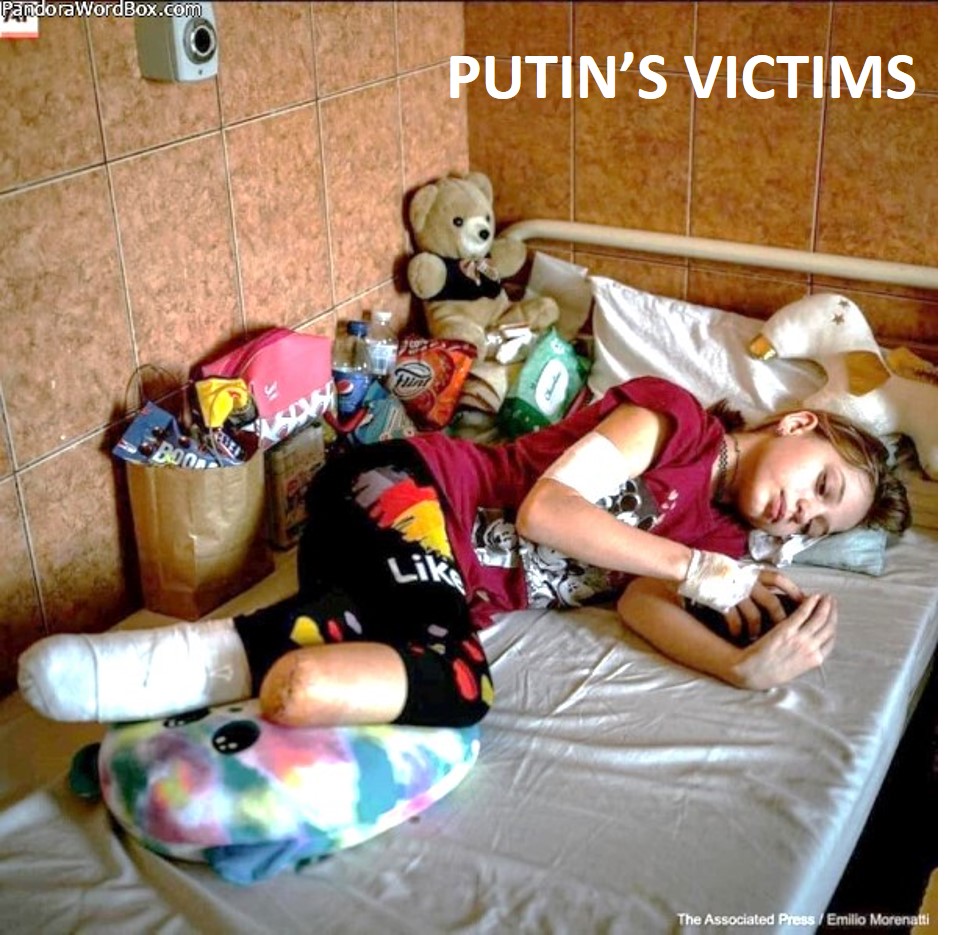 |
||
| Extract from: American Journal of Medical Genetics 33:522-536 (1989). Requests for Reprints University of South Alabama, College of Medicine,
| ||
Part 3
From an autobiography of a physician about to become married and who delivered a monstrous child he quotes: "... it was a sign, a portent ... silly you say ... granted ... but a doctor can't be coldly scientific all the time . .. and if he could ... I believe that he would lack the kinship with the rest of humanity that makes for a good physician...." And from William James: "... not a sparrow falls to the ground but some of the remote conditions of his fall are to be found in the Milky Way, in our federal constitution or in the early history of Europe...." Economic considerations have branded Congenital Malformations, Notes and Comments for extinction by a declaration of "out of print." But its value is timeless, because its views integrate past, present, and future and separate truth from theory, and throughout there is an echo, reminiscent of Lucretius "... of nature we learn with our reason ... of Gods we have intuitions".
In Vienna, Don José grew up in what he calls a "voluntary ghetto," where Dr. Sigmund Freud, Robert Baranyi, Theodor Herzl, Gustav Mahler, and other famous people resided. A mile away lived an unknown watercolor landscape artist named Adolph Hitler. Don José, like his brother, drew well. He learned etching from a Belgian physician. His early interest in architecture changed toward medicine. After graduation in 1926, he decided to specialize in pediatrics as a resident under the brilliant Professor Clemens von Pirquet. His career in Vienna was short but fruitful. His investigations were mostly concerned with rickets. By 1931, he had a substantial scientific bibliography and obtained a $1,500 scholarship from Dr. Graeme Mitchell to join the growing scientific team being assembled in Cincinnati. With his colleagues Waldo E. Nelson, George M. Guest, Robert A. Lyon, Frank Stevenson, Merlin Cooper, and many others, pediatric history was made.
Once in New York and before traveling to Cincinnati, Don José enjoyed the hospitality of Dr. Alfred H. Hess, a pioneer in rickets research, and who was aware of the studies of Don José on the subject. There, he met Dr. Abraham Flexner, an educator who had an impact on medical education and founded the Institute for Advanced Study at Princeton, which Dr. Albert Einstein was to join the following year. While in New York he visited Dr. Bela Schick, who left Vienna earlier to join the pediatric team at Mount Sinai Hospital of New York. The impact of such pioneers had a molding effect on the young Don José. Concerning beliefs and science, Don José acknowledges that he counted himself among the group of "phosphanatics"; the opposition believed in the greater importance of calcium. But with the discoveries by Dr. Alfred Hess and others, the "phosphanatic" and calcium factions were rendered obsolete.
Of the Cincinnati era of 1932, Dr. Warkany said: "... we were not paid much, but it was a happy time, a paradise ... and a paradise lost by now ... the most important research equipment was the investigator's mind; this was a revolutionary group, but we had no slogans, no banners, and no flags ... what the founders of our institution did was to create a place to work ... politics of any kind was absent ... now research consists of grant writing ... should not the investigator have the right to change his mind according to his observations?... if one knows what one will do and find in it, then it is not research ... in the past, the patrons of artists gave their proteges a place ... but left it to the artist to choose a subject and to execute his dreams,... why don't we learn?... now, gadgeteering is replacing ideas ... let us be honest, many scientists contributed to the general decay ... it will take a Thomas Mann or a Cervantes to describe the decline ... in the parlance of modern genetics [the decline] has multifactorial causation ... which means nobody and everybody is responsible ... we have forgotten that, in the main, research consists of thinking" [Warkany, 1970, 1977, 1984].

Liberty Street" (c.1982) |

|
Of those early days Don José also recalls that "beer and cheese were cheap, trolley cars went up and down the hills of Cincinnati," and when he was asked to stay, he did. Soon after and unintentionally he became a "cause celebre," and with passing years, the story acquired deeper coloration. Apparently, Don José was assigned by his academic superiors the task to be the male companion of two Chinese ladies about to undertake a cross-country trip in an open touring car. The trip was rough; the roads were mostly unpaved. At one point, their limited driving skills placed them in the center of a circus caravan parading through the main street of a rural town in Iowa. Between cages of lions and elephants, this Viennese physician with two attractive Chinese ladies drew cheers from hard-working farmers lined along the street. The populace must have wondered what entertainment this trio would offer in the evening performance. Don José who was neither tall, nor slim, nor muscular, endured the cheers and continued west. At this point the story becomes variegated; what is certain is that Don José failed to reach the west coast. In Wyoming, he turned back after being replaced by a cowboy who drove better. On his return, his nerves may have been frazzled, but he met and soon after married Miss Suzanne B. Buhlman. They bought a house.on Biddle street where they raised two sons and in an ample attic Don José printed all his etchings.
Gallery of Etchings by Dr. Josef Warkany






